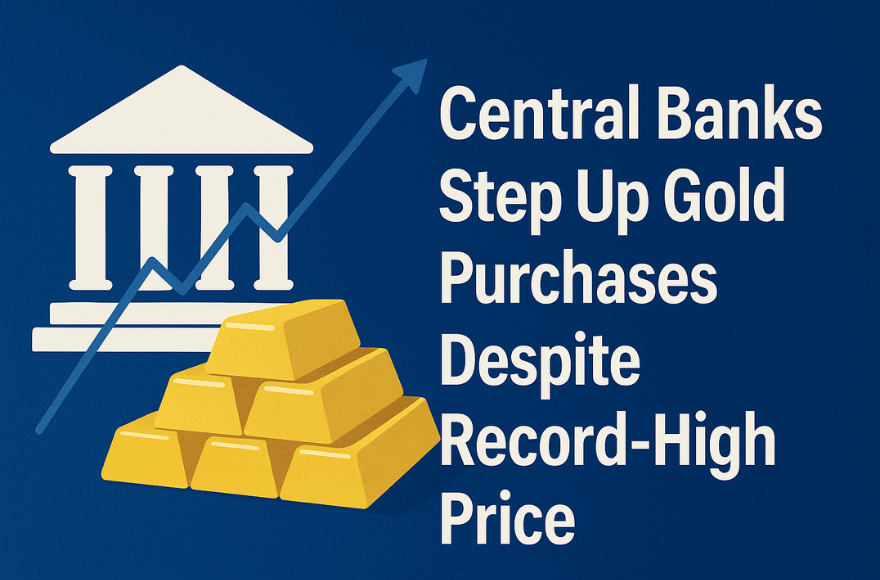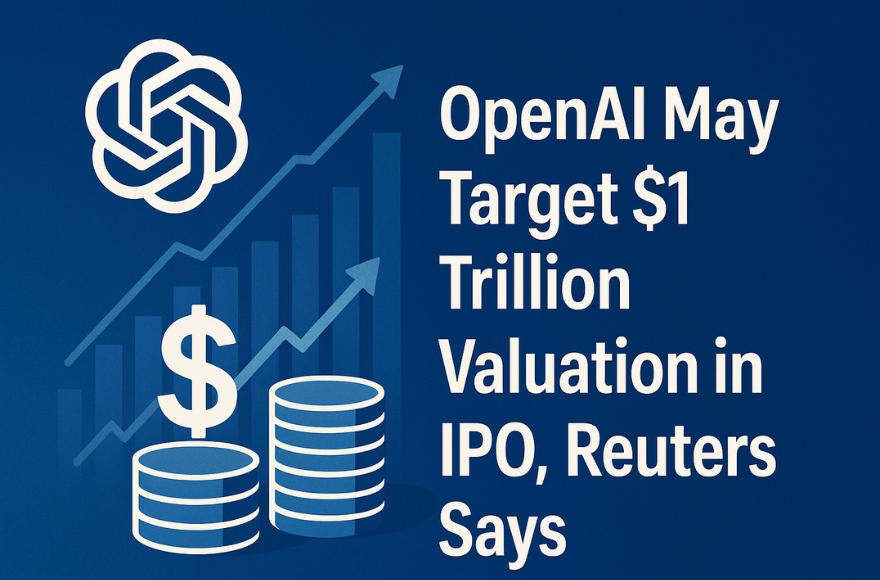
In recent years, the world has witnessed a notable shift in how monetary authorities behave when it comes to reserves. Specifically, the phenomenon of central banks gold purchases has surged — even though the price of gold is at unprecedented highs. What’s driving this move? And what does it mean for global markets? Let’s dive into the details.
Over the past decade, many central banks have been steadily increasing their gold holdings, resulting in a clear global gold reserve increase. According to the World Gold Council, central banks added over 1,000 tonnes of gold in each of the last three years — a sharp acceleration from the 400-500 tonne annual average during the preceding decade.
Even as the gold price climbs, central banks continue to commit to holding gold as a core reserve. For example, recent data show that in August 2025 area, central banks added a net 19 tonnes to their gold holdings globally. This persistent buying reflects a deliberate strategy, not just opportunistic accumulation.
At first glance, it might seem counter-intuitive to ramp up purchases when the record-high gold price 2025 might suggest diminished upside potential or risk of a pullback. Yet, central banks appear undeterred. There are several motivations at work:
Gold is an asset free of counterparty risk. When holdings are physical and domestically stored, they are immune from the sorts of credit or default risk associated with some financial assets.
Central banks view gold as a safe-haven asset — especially in times of geopolitical stress, inflation risk, currency volatility, or monetary policy uncertainty.
Many central banks are actively pursuing central bank diversification into gold as part of their broader reserve management strategy. Reducing reliance on a single currency (particularly the U.S. dollar) and adding allocations to gold is part of that approach.
Because gold has historically moved inversely to major currencies like the dollar when they weaken, it serves as a hedge for reserve-managers. The Reuters piece “Why central banks buy gold” highlights this dynamic.
In short, even at elevated valuations, gold’s unique characteristics as a reserve asset — physical, globally accepted, independent of any one government’s liabilities — make it appealing for central banks seeking stability.
This current wave can rightly be described as a central bank gold buying spree. After decades in which many central banks were net sellers, the tide turned firmly in the 2010s. Visual Capitalist notes that nearly one-fifth of all the gold ever mined is now held by central banks.
The surge is not just about quantity: it’s about persistence. According to the WGC, central banks have been net buyers for 15 consecutive years. What makes this particularly notable is that this trend continues even with the record price levels, showing that for many central banks, gold isn’t being bought for quick gains — it’s being bought for long-term strategic reasons.
When central banks consider how to allocate their foreign reserves, they weigh many factors: liquidity, risk, yield, geopolitical exposure, and currency composition. Within this context, gold occupies a distinct place.
Gold serves as gold as a reserve asset in the sense that it is not tied to a currency issuer, it has intrinsic value, and can be mobilised globally. Data show that central banks view gold not primarily as a yield-generating asset (it doesn’t pay interest) but as insurance. In the WGC survey, 95% of respondents believed their gold reserves would continue to increase.
One example: a central bank might hold a certain share of its reserves in gold to complement its holdings in foreign-currency bonds, domestic currency assets, and other reserves. By doing so, they mitigate risks associated with any single asset or policy environment. This is essentially the logic of why central banks buy gold.
Let’s summarise the main reasons:
Hedging against currency and inflation risk: When currencies (especially the U.S. dollar) are under pressure, gold offers a hedge. Reuters commentary emphasises this.
Safe-haven asset for turbulent times: With global uncertainty rising, gold’s status as a “crisis asset” becomes more attractive.
Diversification of reserves: Many central banks are moving away from too heavy reliance on a single currency or asset class, making gold a natural diversification option.
De-dollarisation momentum: Some central banks want to reduce exposure to U.S. dollar-based assets and view gold as neutral.
Long-term structural shift: The accumulation is not just cyclical — central banks are signalling commitment to gold for years ahead.
In short, central banks are not simply buying gold because it’s cheap or trendy — they’re buying because they believe its strategic role as a reserve-asset remains robust.
Understanding this central bank gold demand trend has implications for markets, investors, and policy-makers:
Supply-demand impact: As central banks collectively consume more gold for their reserves, less is available for other uses (investment, jewellery, industrial). This can support higher price levels or increased volatility.
Price support at high levels: The fact that central banks continue to accumulate gold even at elevated levels (i.e., record-high gold price 2025) suggests that the price may find underlying structural support. The Times of India notes that despite high gold prices, central banks keep buying.
Reserve-asset competition: As gold becomes a more prominent part of reserves, it changes the dynamic among reserve assets — currency reserves, sovereign bonds, etc.
Signalling effect: When central banks buy gold, they send a signal about global financial risks and monetary policy expectations. Investors can interpret this as a flag that major institutions see risks ahead.
Portfolio strategy for investors: Observant investors may use this trend as validation of gold’s role in diversified portfolios — recognising that if central banks buy it, it might warrant inclusion in long-term asset allocation.
The question of whether this is an optimal time for accumulation is multifaceted. On one hand, higher price levels raise concerns about diminishing returns or potential corrections. Some commentary suggests that high prices may slow buying — Times of India reports that central banks’ purchases have somewhat moderated for that reason. On the other hand, if one views gold as a strategic reserve asset rather than a speculative bet, high price levels may be less of a deterrent.
For example, even if the price is elevated, a central bank with a long horizon and risk-aversion orientation may still consider gold’s benefits outweigh the cost. The WGC survey underscores this long-term mindset.
Thus, while timing and valuation matter, the broader logic of accumulation remains intact.
Given the data and trends, several things merit watching:
Will central bank purchases continue at the same pace, even as gold price rises further? Recent commentary suggests yes, but with caution.
How will policy-makers and reserve-managers respond if gold prices pull back or if inflation falls/x changes?
Which specific central banks will lead or accelerate accumulation? Emerging-markets seem particularly active.
How will supply constraints respond to rising demand from official-sector buyers?
What does this mean for private investors, commodity markets and currency dynamics going forward?
In summary, the wave of central banks gold purchases is a significant phenomenon with broad implications. Despite the record-high gold price 2025, monetary authorities are remaining committed to accumulation — reflecting the view that gold as a reserve asset holds unique value in uncertain times. The central bank gold buying spree and global gold reserve increase show a structural shift in how reserves are managed, rooted in styles of central bank diversification into gold, the rising appeal of safe-haven assets gold central banks, and a clear central bank gold demand trend.
Whether you are a policy-observer, investor or simply curious about global finance, this movement is worth paying attention to. It signals not just temporary hedging, but in many cases a strategic re-balancing of reserve portfolios — one that may influence currency markets, inflation hedging, and the gold market for years ahead.

 Next
Next
It’s really interesting to see how central banks continue to buy gold even when prices are at record highs. This clearly shows how important gold remains as a safe-haven asset in uncertain economic times. It’ll be worth watching how this trend impacts global reserves and currency stability in the coming years.Is this conversation helpful so far?
It’s interesting to see how central banks are increasing their gold reserves even with prices at record highs. This clearly shows their trust in gold as a long-term store of value and a hedge against economic uncertainty. Great insights in this article!
vermadin
Oct 30, 2025It’s interesting to see how central banks continue increasing their gold reserves even with prices at record highs. This clearly shows their long-term confidence in gold as a stable asset against inflation and global uncertainty. The trend also highlights how countries are diversifying away from the US dollar to strengthen financial security.